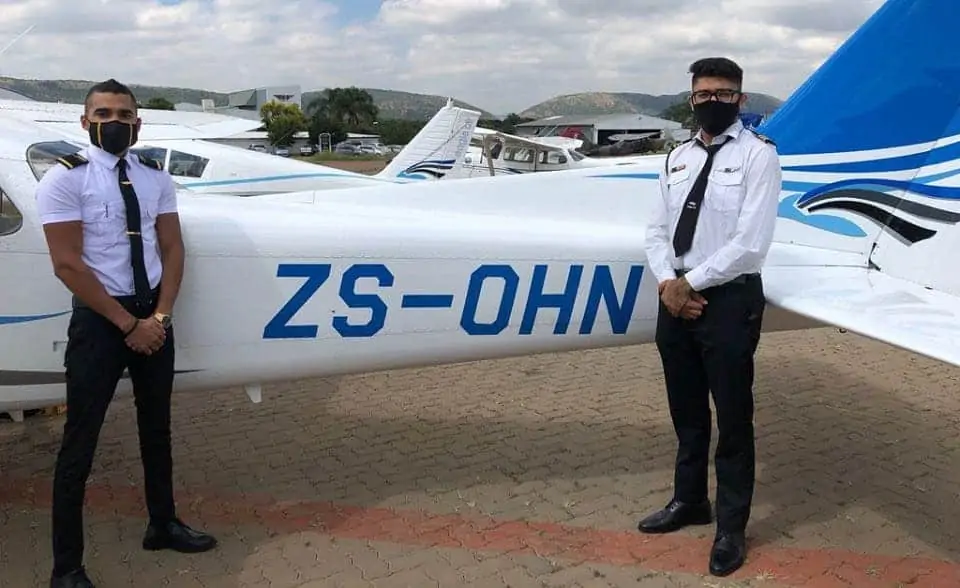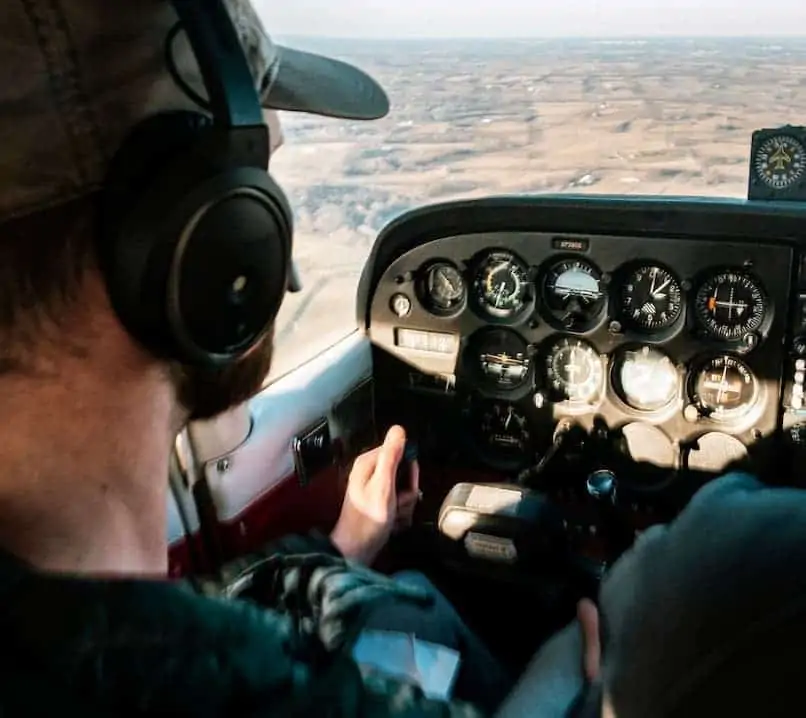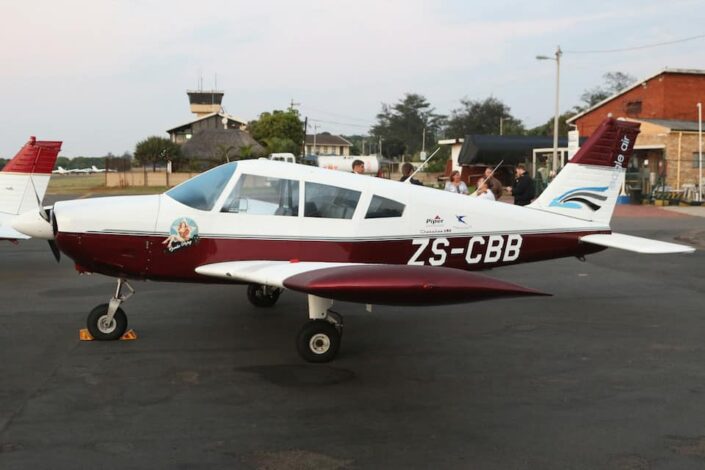
ME
Multi Engines
The Multi-Engine training is an add-on rating to a certification you already own, be it a Private Pilot License, a Commercial Pilot License or an ATP certification.
Course Description
With this course, you’ll be getting both flight training and ground training; it includes aircraft knowledge, aircraft systems, multi-engine aerodynamics, multi-engine emergencies, multi-engine procedures and multi-engine maneuvers.
Generally speaking, the training will include:

Airplanes with multi‐engines:
- Typically larger in size
- Have more complex systems and are more demanding
- Capable of flying at faster airspeeds and higher altitudes
While there are a few differences between taxiing single‐engine and multi‐engine airplanes, the most noticeable difference is typically the increase in wingspan. With an increase in wingspan, there is an even greater need for vigilance when taxiing in close quarters. In addition, the multi‐engine airplane may not be as nimble or responsive to steering inputs as the smaller single‐engine airplane.
One advantage of a multi‐engine airplane over a single-engine airplane is the Differential Power Capability
Turning the airplane during taxi, with the assistance from differential power, minimizes the need for brakes during turns while maintaining the same turning radius.
Differential power, however, does not need to be used during every turn, or as the primary way to turn the airplane. It is also important to remember to keep engine power to a minimum and not “ride” the brakes. Unless otherwise directed by the AFM/POH, all ground operations should be conducted with the cowl flaps fully open to ensure adequate engine cooling.
Who is the ME Course for?
The Multi-Engine program is for pilots who dream of flying faster and more complex aircrafts. It will also advance your credentials as a pilot, making you a more confident and competent pilot with a greater comprehension of airplane aerodynamics.
Why is the ME Course Important?

01
Without ME training, you won’t be able to fly anything other than single-engine aircraft.
02
This will significantly decrease your chance of employment, since most airplanes used are multi-engine airplanes.
03
Twin-engine aircraft are safer to fly than single-engine ones. That is due to the recovery possibility in case of engine failure.
What are the Requirements of the ME Course?
In order to be eligible for the Multi-Engine course, you need to pass a few requirements:
PPL Holder
You need to have a Private Pilot License (PPL).
Accepted Age
You need to be at least 18 years old.
Medical Certificate
Have a medical certificate of third class or higher.
English
Able to speak, write and understand English well.
What Will the Training Include?
The ME training is split into two sections
Practical Training
During the practical training you’ll learn how to fly and operate a multi-engine aircraft.
Theoretical Training
Includes Airframe, Engine, Electrical systems, Fuel and oil systems, Principles of flight, Normal, abnormal and emergency procedures.
Frequently Asked Questions
You need to have at least a Private Pilot License (PPL) before you begin training for Multi-Engine Rating.
Of course! Our aircraft are frequently tested before each session, which leaves nothing to chance.
Yes, we do. Eagle Air welcomes any students that pass the requirements listed above, regardless of nationality.
You need to be at least 18 years old to start your flight training.
You don’t need a college diploma in order to begin your training at Eagle Air.
Flying a multi-engine aircraft is much safer than a single-engine one. This is due to the possibility of an engine failing. In the case of multi-engine airplanes, you can safely fly to the nearest airport with just one engine working.
No written exam is required in order to get your ME certificate, you’ll only have an oral and a practical exam.
